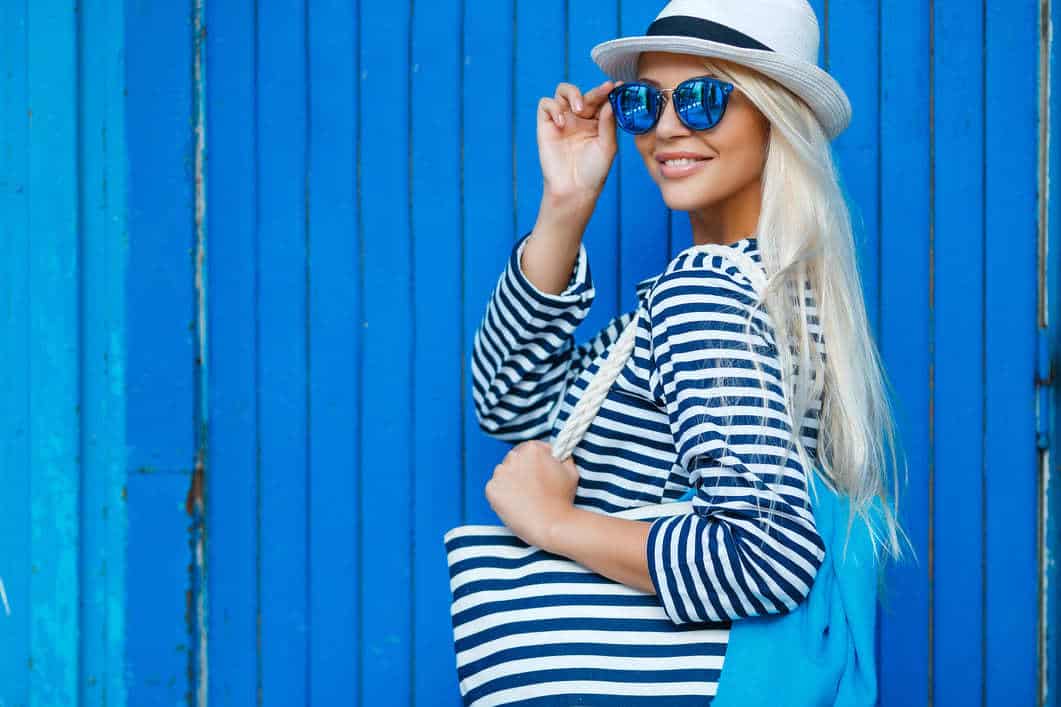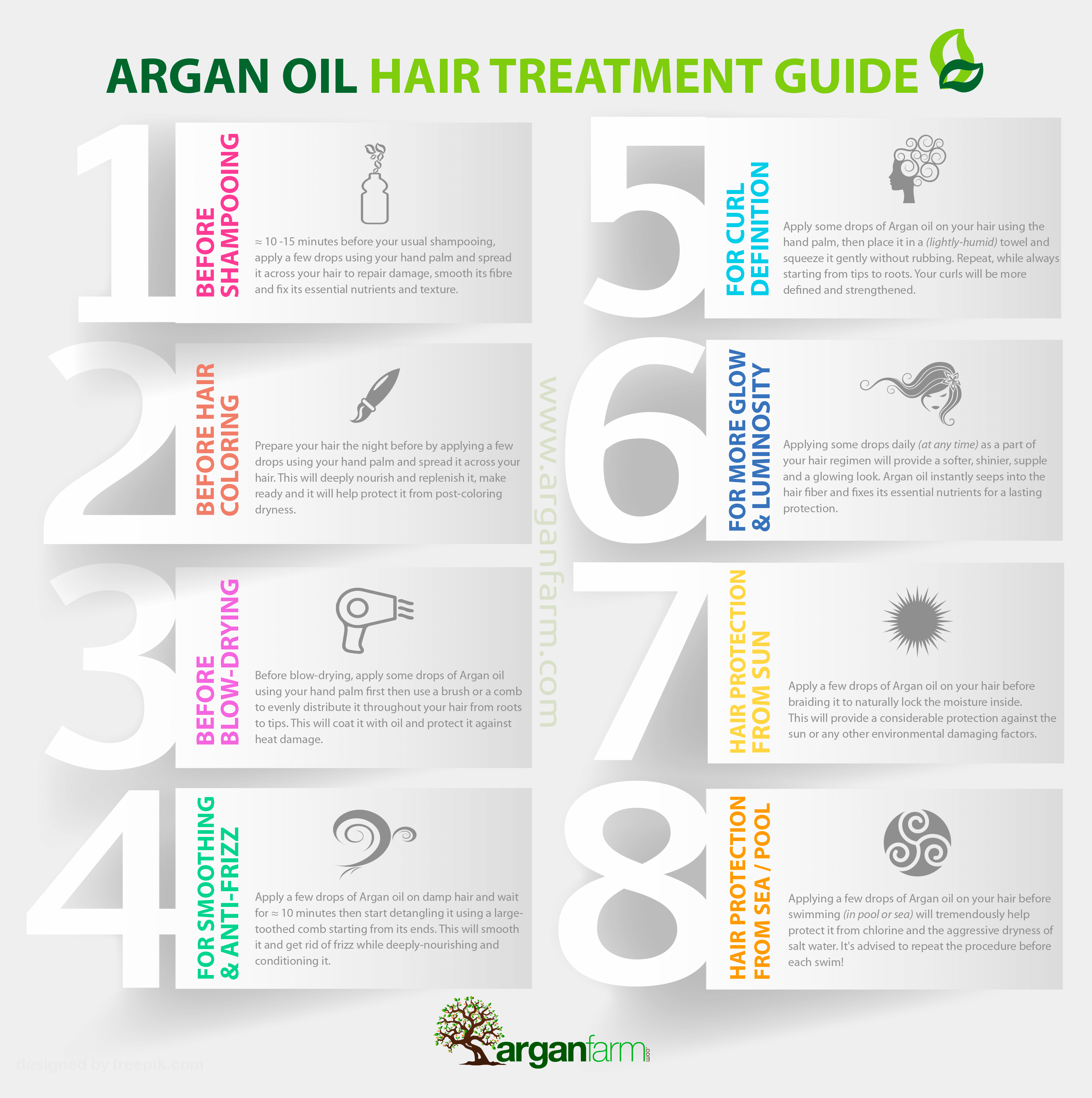Table Of Content

Shopping with us, you will get the best deal with customized products. Mix the bleach and developer thoroughly until there are no bleach chunks – it should have the consistency of pancake batter. Always make sure that both are from the same brand since different brands may require different mixing and coloring steps. Different products may have slightly different guidelines for best results and frequency of use. Consulting with a professional can give you a better timeline of when you can get back to it, but in the meantime, get busy on deep conditioning. Again, the 15 to 30-minute time bracket I gave at the beginning is all contingent upon different factors that I laid out earlier.
Type of Developer
The protein-infused formula helps strengthen damaged hair, leaving it looking and feeling silky. Now that you’re more aware of what your hair transformation will require, you can dive into the actual process of bleaching your hair. Allot yourself more time than you think you’ll need to complete the entire routine so you don’t feel rushed. So, how do you know when you should go ahead and wash the bleach out?
The 5 Biggest Bleached Blond Hair Mistakes Men Make - GQ
The 5 Biggest Bleached Blond Hair Mistakes Men Make.
Posted: Mon, 19 Dec 2016 08:00:00 GMT [source]
Use color-safe products
A week before bleaching, it’s also a good idea to limit your hot tool usage. If you do need to use heat, follow AAD’s recommended guidelines of turning them to their lowest setting (and never skipping the heat protectant, of course). Minimizing your hair’s exposure to stressors can help ensure your strands are strong enough to come out of the bleaching process with minimal damage. Different hair types, such as virgin hair, tend to lighten quicker than others since it has never been color-treated or chemically processed in any way. First-timers will want to be especially careful not to leave bleach on for too long. When it comes to how long to leave bleach in hair (20 vol), it typically takes anywhere from 15 to 30 minutes to fully lift your hair color 1-2 levels.
Factors to consider before bleaching your hair
If you’re not sure how much developer and bleach to use, look at the instructions on the product packaging or contact a colorist. Once you are satisfied with your bleached end result, we encourage toning the hair to increase its lightness. By toning the hair you will be helping to cancel out any brassy tones that you can see, hopefully achieving an even blonde. You can find online the perfect tone to achieve your white blonde dreams.
How Long Should You Wait Before Bleaching Again?
Using the hair level chart discussed in Step 6, determine your hair level to see if you need to bleach your hair again. If you do need to bleach again, follow steps three to seven again (your hair needs to be dry). Can it truly handle the damage that you’re about to do to it?
Should I use 20 or 30 Vol developer with my bleach?

Bleach is strong enough and does not need something else to stick. That said, expert hair professionals suggest that you use bleach on hair that hasn’t been washed for 2-3 days. When you wash your hair, some natural oils are removed – and immediately bleaching after that would expose your hair to worse damage. Unwashed hair will have sebum from the scalp to protect your hair from bleach to an extent. If you have done all our recommended steps correctly, the hair should be consistently very very pale yellow after bleaching and rinsing.
In order to achieve a vibrant and bright Manic Panic colour, we recommend pre-lightening your hair to achieve a level 9-10 in order for you to get the best results. Bleaching is an aggressive treatment that can compromise the integrity of your hair and leave your hair prone to ongoing breaking. Many women have suffered extensive hair damage and even loss because of botched at-home bleach jobs. The biggest difference between toner and bleach is their chemical composition. Most toners do not contain a developer or other chemical products. Even intensive toners stay mostly on the outer layers of the hair follicle.
Ideally, that shouldn’t be more than 45 minutes because the hair will stop lifting and start damaging. To prevent such damage to the hair, here are a few tips to ensure you know the right time to wash out the bleach. The mixture between the hydrogen peroxide and the bleach/ ammonia will not deactivate itself.
The 7 Hair Bleaching Levels from Dark to Light
The recommended bleach to developer ratio is 1 part bleach to 2 parts developer. To lift by 3 levels and more when working on the lengths, you need 30 Vol developer. It all depends on how many levels you are going to be lifting by. It is a blue dust-free bleach and it can lift up to 8 levels. Ugly Duckling's coloring brushes are all feather brushes and we do recommend them for bleaching & coloring. For most cases involving lifts of up to 7 levels, we would recommend you use Brilliant Blondexx.
You’ll need to schedule these bleaching sessions around a month apart so that you avoid permanently damaging your hair. Of course, your hair color goals play a role in how long you should leave bleach on your hair. The longer you leave it on, the more your natural hair color will lift, and the lighter your strands will become. You will notice that your hair color starts lightening minutes after the bleach application. Keep observing the lifting process by checking the shade it has reached at regular intervals.
When these strands are wet, they’re even more susceptible to damage from shampooing which can lead to split ends and breakage. Each of these types has different concentrations which means some are stronger than others and require different lengths of time to achieve your desired shade. Peroxides are used most often by professionals instead of at-home bleach users because they need a stronger solution to work with their clients’ very dark hair.
Understanding the right way to bleach your locks can protect them from further damage. Or apply with a brush, segmenting well if you are using a coloring bowl. In most cases, if it's a question of 10 more minutes, and the hair is still elastic, give it 10 more minutes. If at any stage it looks like the hair is losing its elasticity, or if you have reached very very pale yellow you need to rinse right away. Once you get the whole head a consistent level 10, the toning will come out very well.
You could end up with miserable dull green or brassy orange undertones. More importantly, leaving bleach in your hair for too long can make it dull and rob the natural beauty of your hair. This is one reason many people complain about hair loss and rough and dry hair after getting their hair colored. Bleach can also lead to frizz and cause severe hair breakage. If you’re starting with a dark brown or black base, you’ll likely need to leave bleach on your hair for longer in order to achieve the lightness you want. According to the American Academy of Dermatology (AAD), you should choose a dye within three shades of your natural hair color.
To fine-tune what you need to do with your hair, you should apply your mixture, then wait 10 minutes. Also, avoid exposing your hair to too much sun, as well, skip blow dryers, hot irons, and curlers while you give your hair time to heal. A simple hairstyle that won’t pull or tug at your hair excessively would also be ideal. If possible, you should have as much of the damaged hair cut off. If your hair is breaking in the middle, ask your stylist for a haircut that will help hide the different lengths of your hair.
The best way to keep from bringing yourself to tears and stapling a hat to your head is to do a teensy little strand test. This will help you get the best timing for bleaching on your own head of hair. Every box of hair bleach has general instructions on it, but see, the thing is, the box doesn’t know you. Rachelle, is a sought-after freelance hair and makeup artist, shines particularly in the world of hair color. From subtle ombres and balayages to vibrant hues and intricate root work, she crafts unique styles tailored to individual preferences. Beyond her artistic talents, Rachelle also holds a Bachelor's degree in Elementary Education, showcasing her diverse skill set and dedication to learning.
The higher level the developer is, the quicker your hair lightened. If you use a developer 20 volume, you have to leave it longer than using the 30 volume one. It means that the lower volume developer requires more time to lighten your mane. Although, please don’t leave bleach in your hair too long to help preserve your hair strands. As a general rule, it’s important to follow the instructions specifically listed on the product’s packaging.





